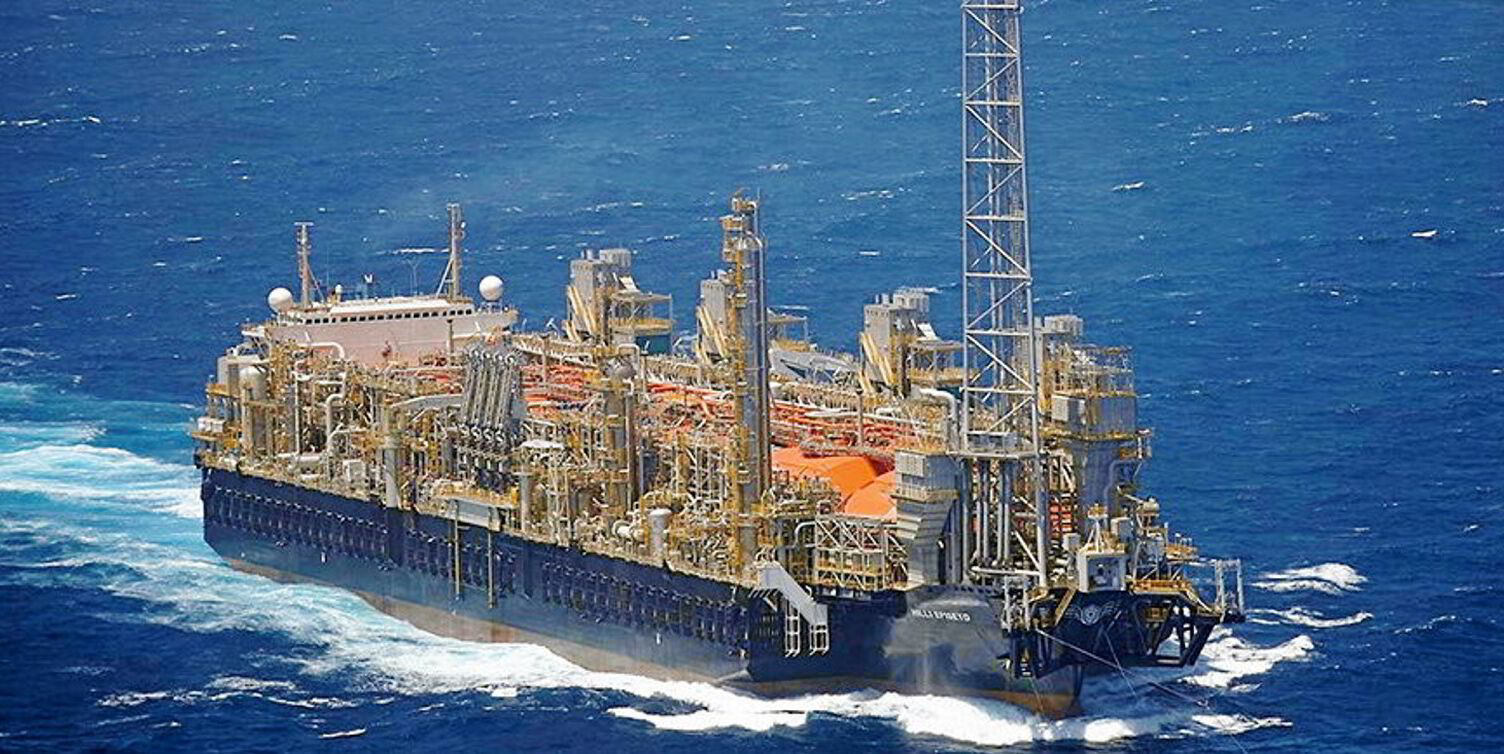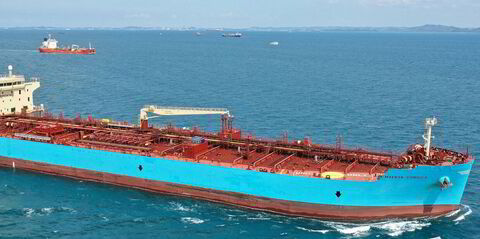Golar LNG was downgraded to “hold” by Fearnley Securities on Wednesday.
Analyst Fredrik Dybwad believes the Tor Olav Troim-controlled company is “fairly valued”.
“We downgrade GLNG to hold based on the current tight pricing to our NAV [net asset value] estimate of $35 per share (excluding Mk II),” Dybwad said in a note.
The target price was raised to $41 per share from $40.
The price attributes $6 of value to a potential MkII LNG carrier-to-FLNG unit conversion contract, equivalent to 55% risk based on similar contract terms as the FLNG Gimi.
Fearnelys pegs its NAV estimate at $35.4 per share, excluding the Mk II which the investment bank values at $13.5.
Dybwad said: “Hence, our unrisked NAV assessment is $49 per share — though we argue that the Mk should be risked as no contract has been concluded.
“However, we believe GLNG will secure a contract ahead of delivery, which currently is scheduled for the tail end of 2027, and thus risk Mk II 55% in our target price assessment.”
Earlier this week, in connection with third-quarter results, Golar chief executive Karl Fredrik Staubo said the Mk II, a 3.5-mtpa LNG carrier-to-FLNG unit conversion, is the only open FLNG capacity globally.
The company has been able to move forward by starting to order long-lead items around 18 months ago.
The new unit is set to increase its liquefaction capacity by 70%.
With its two existing FLNG units, Hilli and Gimi, plus the MkII conversion and an option for a second converted unit, Golar sees the potential to more than double its liquefaction capacity to over 12 mtpa and triple its potential Ebitda generation.
Fearnleys lowered its 2025 Ebitda estimate by 25%, “largely driven by pushing start-up on Gimi until late second quarter 2025”.
Fearnleys also initiated coverage on Golar’s unsecured 2025 and 2029 bonds with a credit buy.
Dybwad said the company ended the quarter with a consolidated cash balance of $807m, in combination with “solid Ebitda backlog, solid equity cushion” and potential refinancing of Gimi will give it “more than ample liquidity to service its debt obligations”.
Fearnleys prefers the 2029 bonds trading at 99.7 with a 7.83% yield.
“We like the spread pick-up for the ’29s notes of the two bonds,” Dybwad said.





